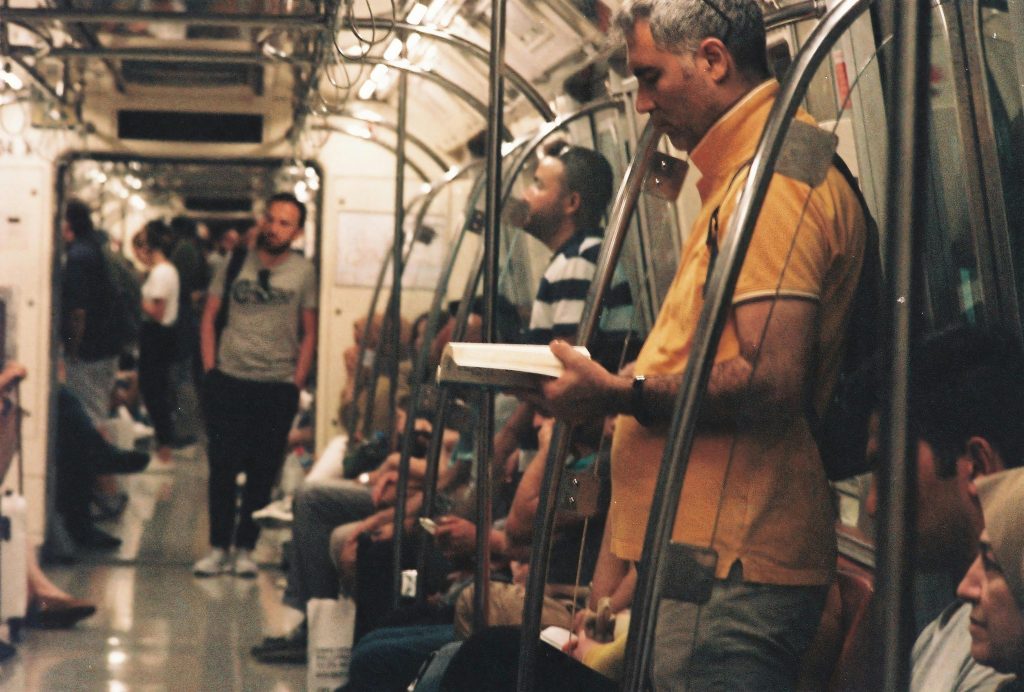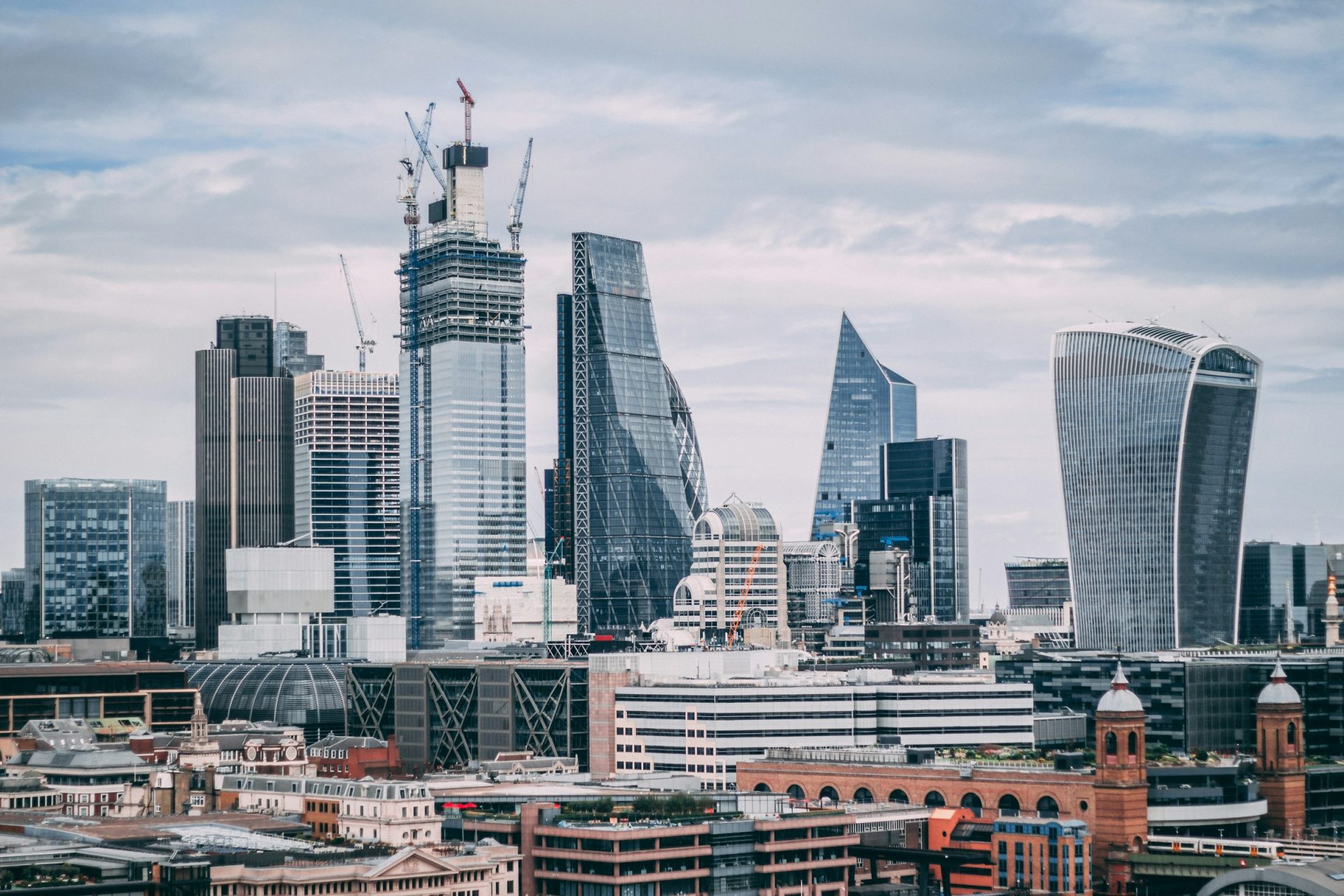The Weaver line – Liverpool Street to Enfield Town/…
This line, extending from Liverpool Street through Spitalfields, Bethnal Green, and Hackney, is renowned for its textile trade heritage. It also extends to Walthamstow, the hometown of William Morris. He dreamed of making art accessible to all. While his designs were beloved by the upper-middle class, he also considered those with lesser means, providing them with affordable furniture and embroidery kits, making the beauty of art within reach.

The Liberty line – Romford to Upminster
Celebrating a core characteristic of London – liberty, this line connecting Romford to Upminster also reflects the historical status of the London Borough of Havering as a royal liberty. Connecting the borough with other areas of London, including seamlessly linking with the Elizabeth line, it provides residents with the freedom and independence afforded by public transportation.

The Mildmay line – Richmond/… to Stratford
Named in tribute to Mildmay – a small yet crucial charitable NHS hospital that provided vital assistance to the London community, especially HIV and AIDS patients. Revered not only for its contributions to healthcare but also for embodying the spirit of charity and care for all Londoners, particularly marginalized groups. Princess Diana’s visits to the hospital during the peak of the HIV/AIDS crisis helped break the stigma surrounding it. Today, Mildmay remains an internationally renowned complex for the rehabilitation and care of complex HIV patients.

The Suffragette line – Gospel Oak to Barking Riverside
Derived from the first wave of the women’s suffrage movement, Suffragists and Suffragettes paved the way for women’s voices and voting rights. This line pays tribute to the East London Federation of Suffragettes – a predominantly working-class women’s suffrage movement active in the East End. They fought for the rights of working-class women, organizing public marches and meetings, publishing newspapers, and even forming a small “People’s Army” to protect themselves from violence by British police.



